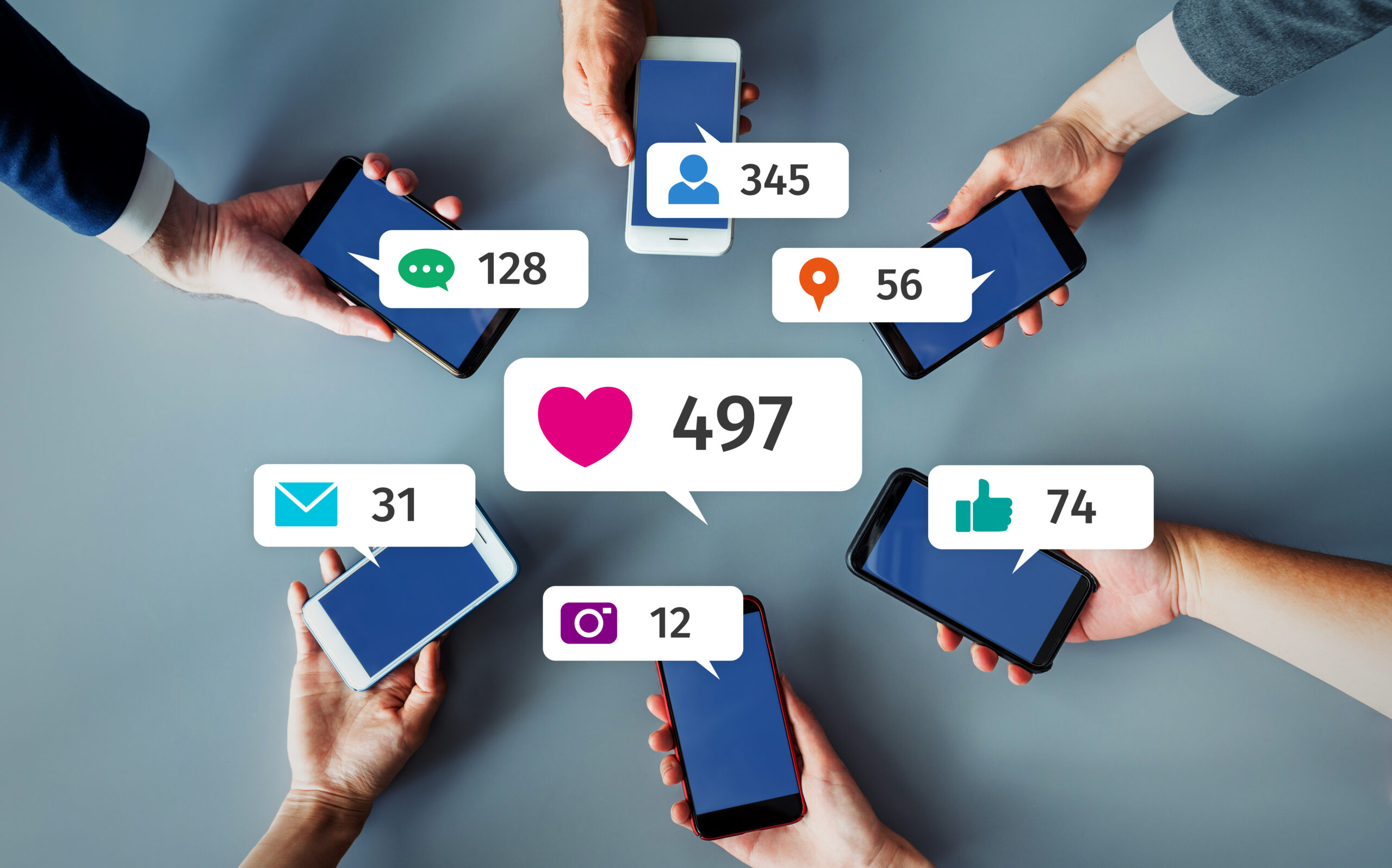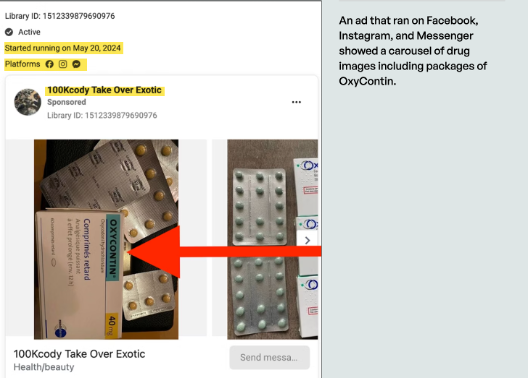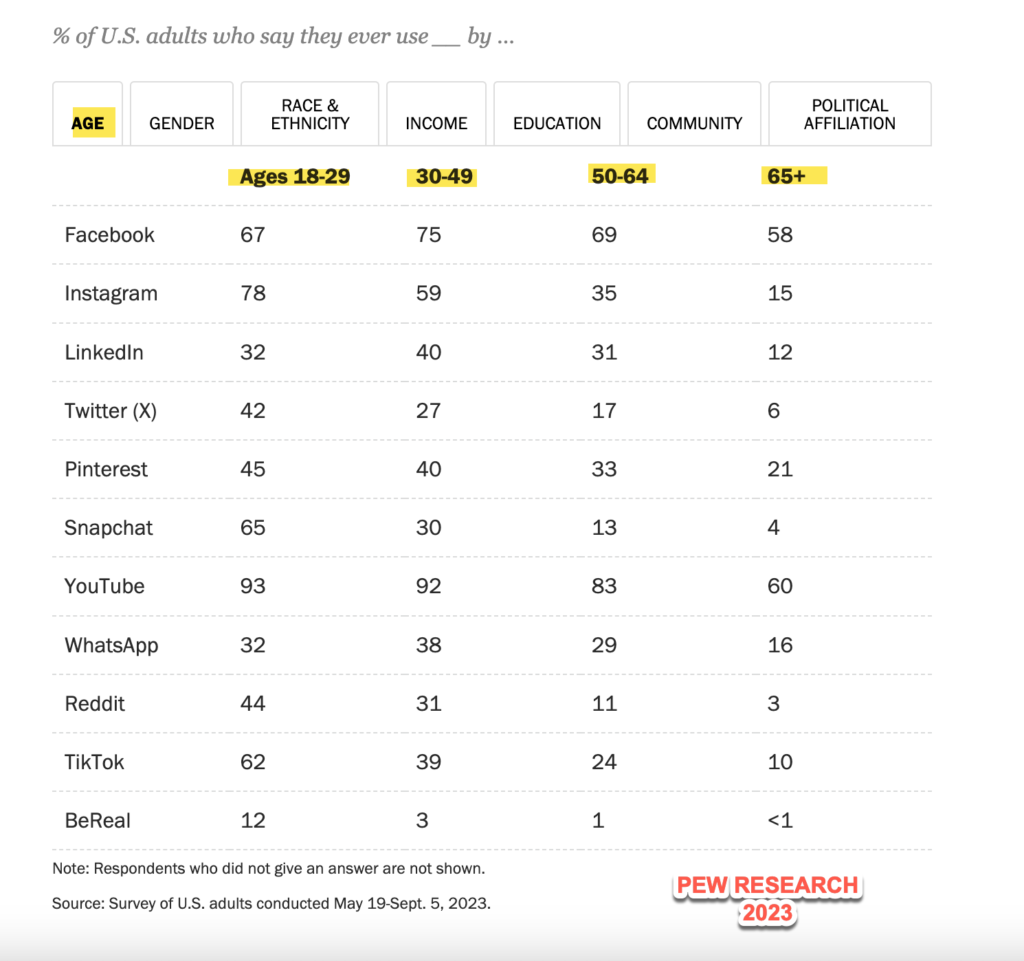
In today’s digital age, social media platforms are not just tools for connection—they’re also treasure troves of information for investigators. One emerging area of intelligence gathering is the identification of gang activity and group affiliations through social media posts. From images and hashtags to emojis and clothing, online behaviors can paint a very telling picture.
The Digital Footprint of Gang Activity
Gang members and affiliated individuals often turn to platforms like Facebook, Instagram, TikTok, and Snapchat to share aspects of their lives. Whether consciously or not, they frequently reveal:
- Symbols and hand signs
- Color-coded clothing or bandanas
- Group photos in known gang territory
- References to specific streets, “sets,” or rivals
- Hashtags tied to local or national gangs
- Emojis that replace words (e.g., 🅱️ for Blood, 🐍 for “snake” or betrayal)
These clues, when collected and cross-referenced, can offer deep insights into group affiliations and potential criminal networks.
🧠 Case Studies and News Highlights
- Chicago PD’s Social Media Division has long been utilizing public Facebook and Instagram posts to track gang rivalries and predict retaliation after shootings. In one case, an Instagram Live post helped them intervene before a potential violent retaliation.
- A 2022 Department of Justice investigation in California used TikTok videos to tie suspects to a series of robberies. Members of a gang had been flaunting stolen items and taunting rival groups, giving investigators time-stamped evidence and location markers.
- Academic research, such as the 2017 study “Digital Gangsters: Gangs and Social Media Use in Chicago” (Papachristos et al.), emphasizes how online conflict—called “Internet banging”—often escalates to offline violence.
🔧 How Investigators Can Use This Data
For private investigators, insurance companies, and law enforcement, recognizing digital gang markers can:
- Validate existing suspicions or criminal history
- Link individuals to known groups or criminal networks
- Discredit or verify alibis using geotagged content
- Support background checks for sensitive cases (e.g., custody, employment)
- Aid in threat assessment or workplace security reviews
⚠️ Key Markers to Watch
When analyzing a subject’s digital footprint, consider the following as potential indicators of gang ties:
| Type | Example |
|---|---|
| 🧢 Clothing | Color patterns, logo flips, bandanas |
| 🤳 Poses | Flashing hand signs, gang-specific symbols |
| 🏷️ Hashtags | #FreeTheHomie, #GDK, #BDK, #TrapLife |
| 🧩 Emojis | 🅱️, 🐍, 💯, 🔫 |
| 📍 Locations | Frequent check-ins at known gang areas or streets |
| 🎶 Music | Lyrics in videos referencing violence or affiliations |
🛠️ Our Role in Helping You Connect the Dots
At eChatter, we specialize in analyzing digital behavior through a combination of OSINT, SOCMINT, and proprietary tools. Our team is trained to identify not just what’s visible—but what’s implied, coded, or intentionally hidden.
Through our reports, clients gain a clear view of affiliations, patterns, and risk factors. Whether you’re investigating a person of interest, building a case, or conducting due diligence, we deliver insights that matter.







